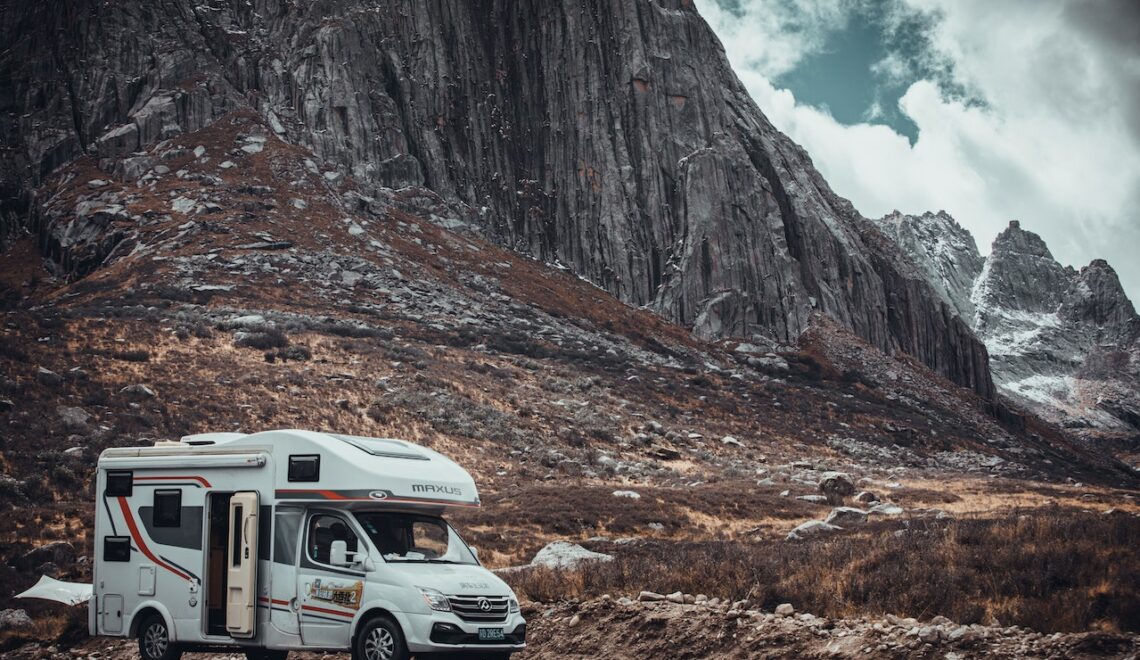
Renting a camper in Iceland can be a stimulating and exhilarating experience. There are some things you should know about the country, however. You should also expect to be asked for credit card information and may even need insurance. It’s essential to plan your trip well and ensure you have all the necessary information.
Insurance options
If you rent a camper in Iceland, you’ll want to learn about the best insurance options. These will help protect your investment and ensure you are not left out in the cold if something happens to your vehicle.
To get the best value from your camper rental in Iceland, browse for the best prices. Even if the majority of organizations provide comparable insurance options, there are several aspects you should be aware of.
The first thing to consider is whether the company offers a collision damage waiver (CDW). It is standard insurance for most rental cars, and it will cover the cost of any incurred damages. However, it won’t cover your bodily injuries.
Consider buying tire insurance to cover the costs of repairing tires and mounting them to the car. In addition, you should look into sand and ash protection, which will help you if you end up with a dent in your vehicle from volcanic ash or beach sand.
Insurance is not always required, but it is crucial to have enough to protect you from unexpected events. Iceland has no shortage of roads and weather, so you should be prepared to deal with some unpredictable conditions.
Another type of insurance to look into is the super collision damage waiver. It is an amped-up version of the standard Collision Damage Waiver and includes the added benefit of lowering the deductible.
Credit card information is required.
Consider renting a camper van if you want to go through Iceland. It is a great way to see this beautiful country. You can enjoy the best of Iceland’s nature, including volcanoes, glaciers, and waterfalls.
If you’re going on a campervan rental, research the company before you book. There are plenty of companies to choose from. These include Alamo, Budget, and Avis. Also, be sure to check their terms and conditions.
Some rental car companies offer gas discount cards. Gas prices in Iceland can be high. An everyday gas price is $8 a gallon. That adds up quickly.
Most Icelandic roads are paved. Roads in the country are generally safe to drive, but driving in the winter can be treacherous. The Ring Road is an excellent route around the country.
Iceland is the most enjoyable to visit in the summer. It is Iceland’s most satisfying to stay in the summer. It is the time of year when you can anticipate seeing sperm whales, blue and humpback whales, and other species.
Be prepared for the weather if you intend to travel to Iceland in the winter. Winters in Iceland can be snowy and cold. In addition, you can find many inaccessible areas in the winter.
You should also be familiar with Iceland’s driving laws. Whether it’s having your headlights on at all times or wearing seatbelts, you’ll want to follow all of the rules.
Driving on Iceland’s F-roads
Iceland’s F-roads are a series of mountainous roads that run throughout the island. They are closed in the winter but are open in the summer months. These are not paved roads and can be very treacherous.
These roads are best suited for rental vehicles with 4-wheel drive. Compared to paved roads, gravel roads are not smooth and are filled with rocks and boulders.
The biggest obstacle on the F-roads is river crossings. There needs to be more than a rental car’s ground clearance to cross deep rivers. In addition, many insurance policies do not cover damage to passenger cars from river crossings.
A rental car should have a minimum of two-wheel drive to get you through the F-roads. Renting a larger 4-wheel-drive vehicle will help you reach more of the F-roads in Iceland. Larger vehicles have more ground clearance, which allows you to cross rivers safely.
Although some F-roads are good-quality gravel tracks, others are rough and steep. Most require a driver with solid experience. Moreover, they have ruts, potholes, and potential water crossings.
Some of the more challenging F-roads in Iceland involve crossing deep glacial rivers. You must also have a large 4×4 vehicle and a driver with a good sense of direction. It would be best if you had this level of experience to complete the journey without a problem.
Planning ahead
Planning when renting a camper in Iceland can make your trip much more straightforward. You’ll want everything ready to go, from your route to your travel expenses. Then, you can relax and enjoy your time in the country!
Iceland is a beautiful country with verdant landscapes and wildlife. It is a popular destination for tourists and locals alike. Whether traveling for a day or two or a week, you’ll find Iceland is a unique place to visit.
While you can visit in any season, summer is the most popular time for tourists and campers. It is when you’ll find more opportunities to see the Northern Lights, humpback whales, and other wildlife.
If you’re looking to stay a few days, you’ll need to ensure you have enough fuel. Fuel prices can be an enormous burden on your budget. And remember the rental fees you’ll need to pay.
You’ll also need to get a permit if you plan to rent a motorhome. To do so, you’ll need to contact the landowner. Some areas are closed during the winter.
Getting a camper in Iceland can be expensive. The cost can range from $100 to hundreds of dollars a day. That’s not even including the rental of extras, like a French press for coffee.
